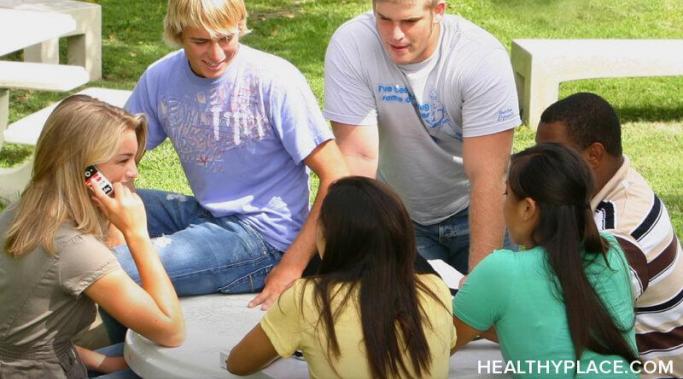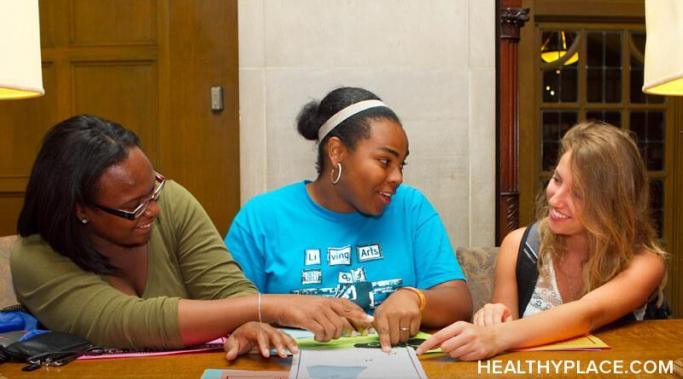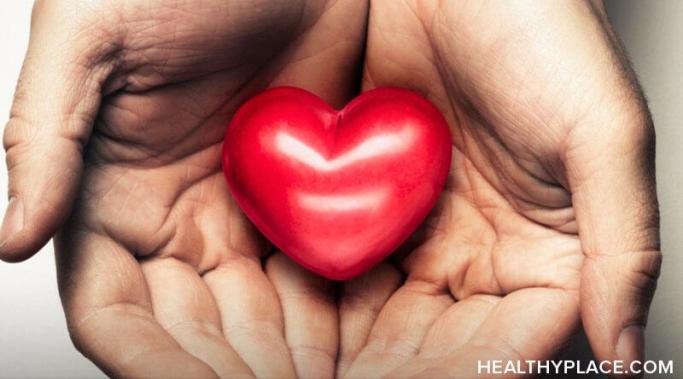Individually, hating yourself and hurting yourself are difficult things to cope with. Simultaneously, though, self-harm and self-hate create a vicious cycle that can be challenging to break—but doing so is vital for healing and growth.
Self-Injury Awareness
Whether you do so intentionally or unconsciously, using emotional blackmail to stop self-harm is one of the worst things you can do to someone struggling to recover.
Self-injury can be a difficult topic to discuss, whether you're sharing your own experiences or trying to offer support to someone else. Careful consideration of the self-harm language you use can help you have more meaningful (and helpful) conversations.
Sharing personal stories about self-harm can be powerfully restorative for audiences and storytellers alike. Here's how they can help—and how to make sure your self-harm personal stories, should you choose to share them, are helpful too.
Self-Injury Awareness Day is March 1. For those who do not self-harm, it is a learning opportunity and a chance to show support for others. For those who do self-harm, however, it's an observance that can give rise to some pretty complicated emotions.
Paradoxically, writing about self-harm for HealthyPlace has been one of the hardest things I've done in my life—and one of the easiest. It's certainly not for everyone, but in my case, publicly writing on self-injury has been an incredible opportunity to both heal and be healed in return.
Reading—or better yet, writing—self-harm recovery poems can be a simple, accessible means of coping with difficult feelings around self-injury and the healing process.
Self-harm and dissociation, separately, can be scary things. Together, they can be a frightening and isolating experience, to say the least. Let's talk a little about what that's like, and how to cope.
If thoughts of self-injury keep popping up unbidden, it's natural to wonder: what do thoughts of hurting yourself mean?
Putting together a personalized self-harm care package can be a beautiful and meaningful way to help support a loved one's self-injury recovery. Here's how to create one your friend or family member will truly appreciate.









